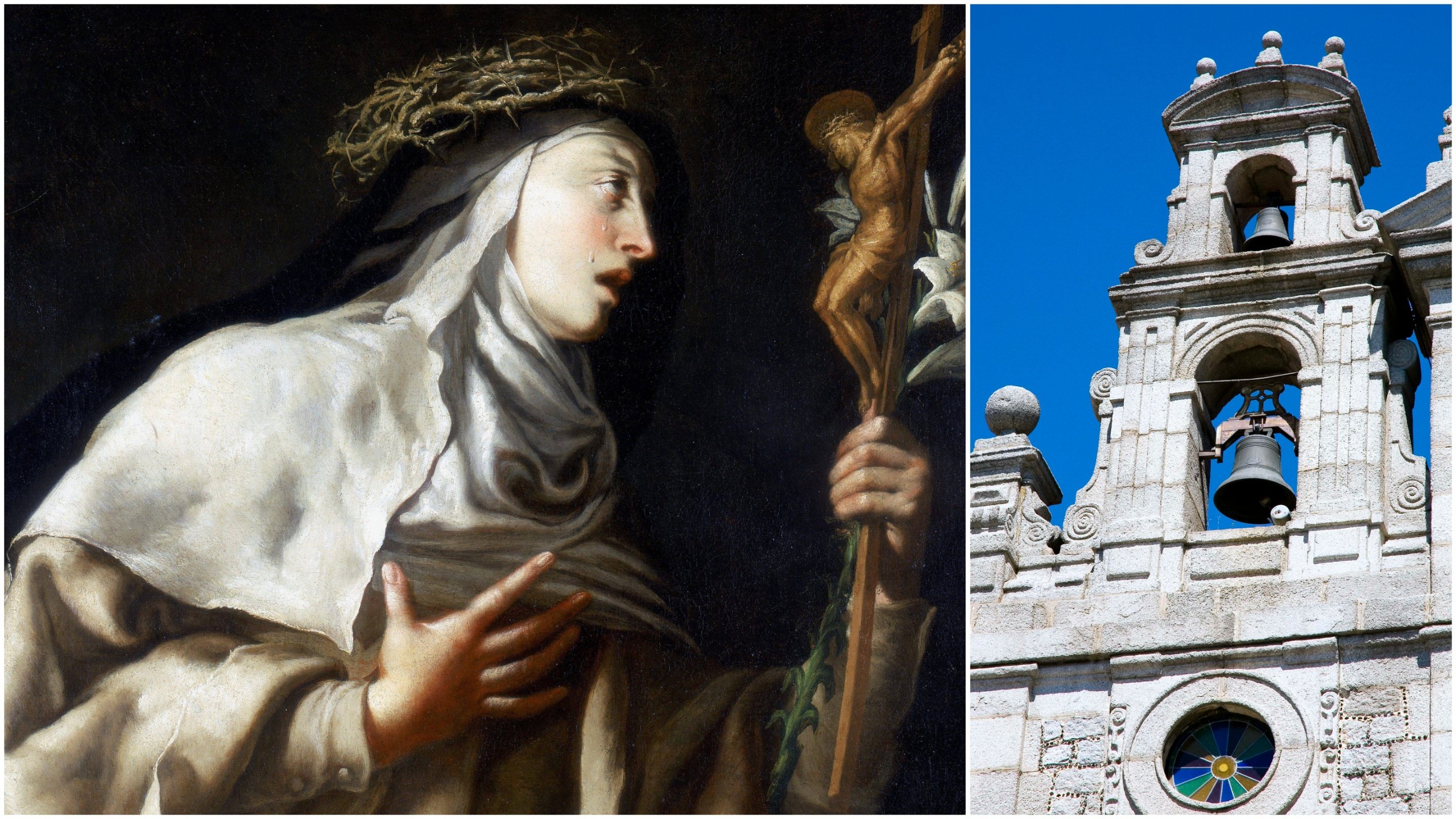THE preserved corpse of a 16th century Catholic saint has gone on display in Spain for the first time since 1914, stunning crowds of churchgoers and tourists.
Saint Teresa of Jesus, also known as St Teresa of Avila, may have died 440 years ago in 1582, but her body remains in staggering condition in what many have hailed as a ‘miracle’.
The body of the Discalced Carmelite nun went on display this week at the Basilica of the Annunciation of Our Lady in Alba de Tormes in the province of Salamanca, just months after it was exhumed by officials from the Diocese of Avila.
“The uncovered parts, which are the face and foot, are the same as they were in 1914,” Father Marco Chiesa said at the time.
A 53-page preliminary analysis of the corpse’s condition, uncovered by the Spanish media outlet Salamanca RTV Al Día, said: “The right foot, left hand, heart and left arm are perfectly preserved, with intact skin, subcutaneous tissues and muscles in place and no signs of degradation.”
Her remains have even allowed experts to identify the health problems St Teresa experienced throughout her life, such as calcareous spines on her feet which experts say are indicative of long spells of walking and therefore her religious commitment.
St Teresa also suffered from convulsions, stomach problems, dizziness and loss of consciousness.
Many visitors to the basilica were visibly emotional at the sight of St Teresa’s remains, lying in a silver coffin encased in marble.

St Teresa was born in 1515 and became a leading reformer of the Carmelites Orders of monks and nuns.
Despite experiencing health problems throughout her life, St Teresa became a key spiritual leader during the Counter Reformation – a turbulent episode in the history of the Catholic Church as leading figures sought to overcome the challenge posed by the rise of Protestantism.
St Teresa died in October 1582 and was canonised 40 years later.
She is the patron saint of chess players, lace makers, people in need of grace, people in religious orders, people ridiculed for their poetry, those who are ill, and the loss of parents.
In 1970, she became the first woman to be elevated to the doctor of the church, signifying her indispensable contribution to the Catholic Church’s doctrine.







